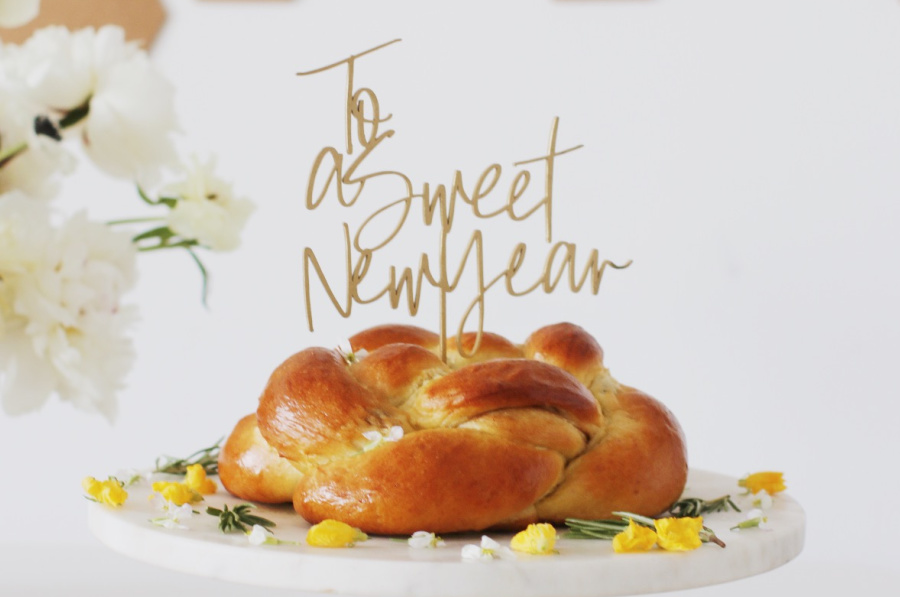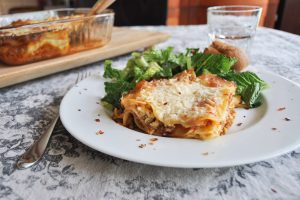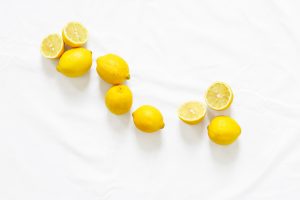Shanah tovah! So, let’s talk challah recipes, shall we? Rosh Hashanah begins this year at sundown, Monday, September 6, lasts until sundown Wednesday. This two-day Jewish celebration of the New Year will be extra special this year for families and friends who may be able to gather together in person to celebrate and worship for the first time since 2019.
While there are all kinds of symbolic foods on Rosh Hashanah — most notably apples and honey to signify hopes for a sweet New Year — I think challah bread holds some extra special meaning right now.
Traditionally, challah for Rosh Hashanah is braided into a round loaf, some believing that it represents a crown for God, or a symbol of the seasons and never-ending cycle of life. So I love the idea of starting a new year (or at least a new season) with a sweet challah recipe for Rosh Hashanah, to help us reflect on so much that we’ve been through in the past, and look forward to better days ahead.
Related: Wonderful Rosh Hashanah menu ideas to help ring in a sweet new year
Whether you’re observant or not, maybe you want to take on a challah recipe for Rosh Hashanah to help you start off the new year on a sweet note.
Here are three challah recipes that look absolutely delicious, and will look lovely on the center of your table too.
Top Image: Easy Round Challah by Rebekah Lowin
This post contains affiliate links and sales may generate a small commission to support our work at no additional cost to you.
3 Challah Recipes for Rosh Hashanah
1. An Easy Round Challah Recipe with Cinnamon and Brown Sugar
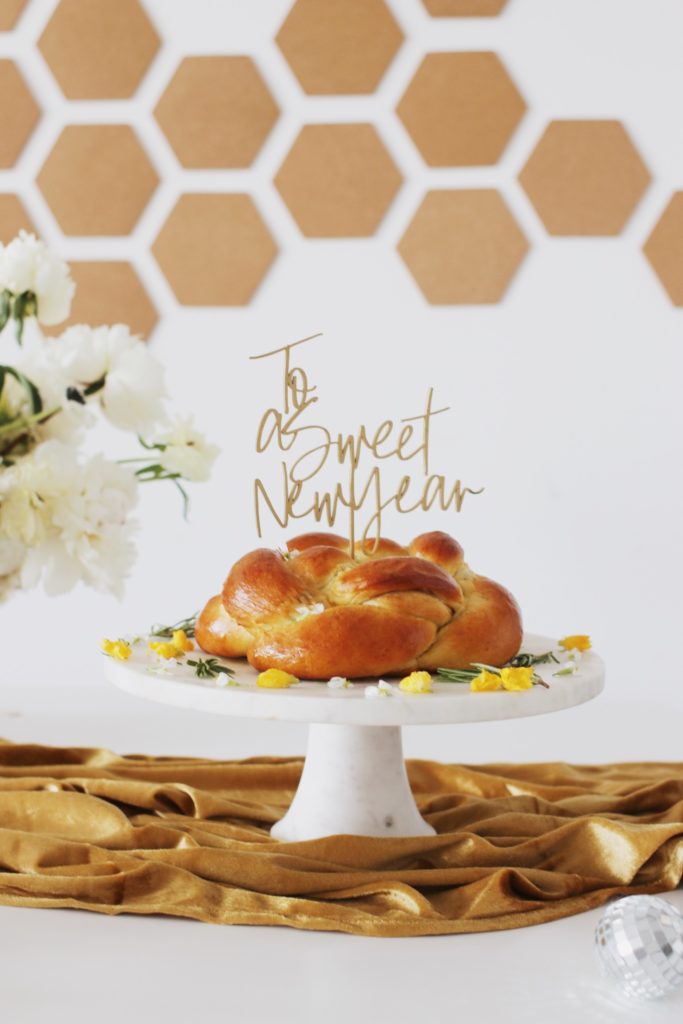
The recipe for Easy Round Challah with Cinnamon, Brown Sugar, and Raisins (also at top) from Jewish lifestyle and food blogger Rebekah Lowin, is a fantastic option for first time Challah bakers. The step-by-step instructions with photos are helpful, and so beautiful too, like all the images on her site.
While it doesn’t require a lot of fancy equipment, the recipe does take a bit of time so be sure to plan ahead and read through the entire recipe before getting started. You want to give yourself adequate time! If I’ve learned anything from baking, it’s that stressed baking never turns out well. We don’t want to start the new year out stressed!
2. An Apple Honey Challah Recipe
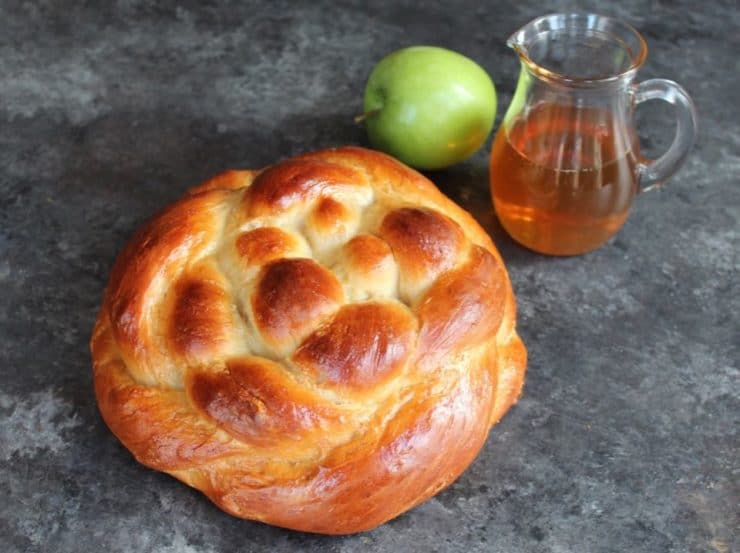
Traditionally, Rosh Hashanah is celebrated by dipping apples in honey at the start of the meal, to symbolize hope for a sweet new year. Tori Avey is always one to turn to for any classic Jewish recipes made more modern, and her recipe for Apple Honey Challah brings the trifecta together in one lovely braided circle.
The braiding technique may seem a bit challenging at first glance, but it is really not that difficult. Plus, Tori provides a simple photo tutorial, so I say give it a try! If it doesn’t turn out exactly perfect no one will even notice — and I’m sure it will still be devoured.
Related: Rosh Hashanah recipes that make a killer holiday meal, or a menu for any fall dinner party.
3. A Gluten-Free Challah Recipe
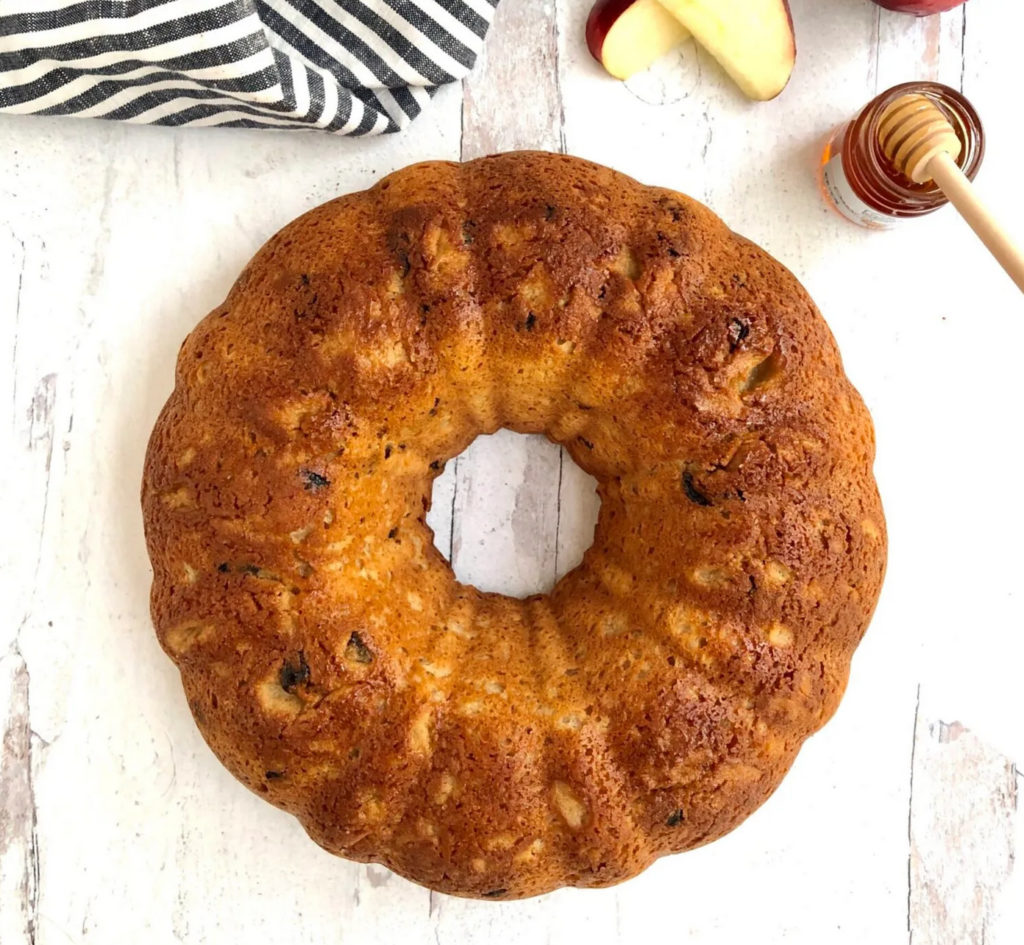
Having a food allergy is always tricky, but it’s especially troublesome when it comes to traditional holiday dishes. (Those foods tend to predate the discovery of what causes one to excuse themselves from the table immediately after eating.) Jenny at Good For You Gluten Free has developed a Gluten Free Challah recipe that will have both gluten and non-gluten eaters asking for more.
Jenny suggests sweetening it up with applesauce and a little cinnamon, plus raisins to taste.
This recipe is very sticky, so note that you will not be able to braid it into a round, but check her suggestions for challah pans that make it look braided, or bake it in a round bundt pan, like this gorgeous one I love from Nordic Ware.
Note: If you’re devout, the Torah specifies that challah can only be “taken” if made with barley, rye, wheat, oat, or spelt. So while this recipe contains at least 51 percent oat flour, you can check with your Rabbi if you have questions.

